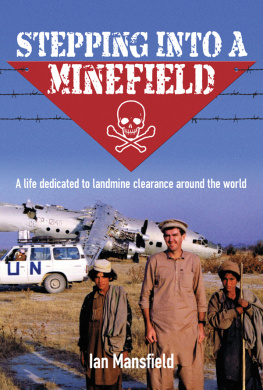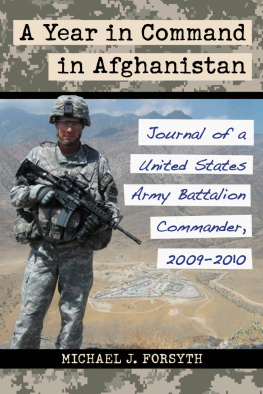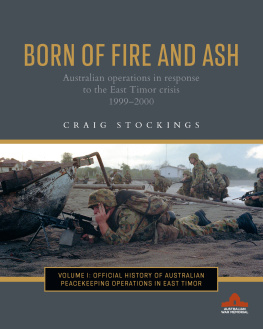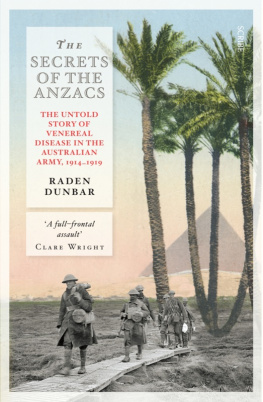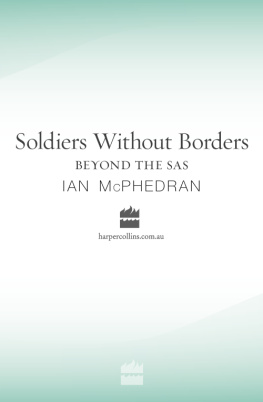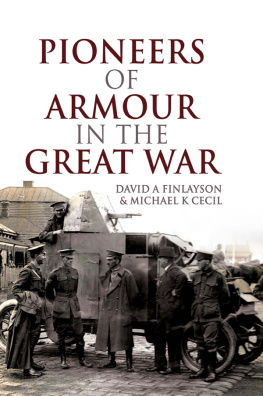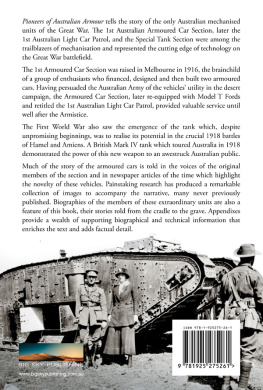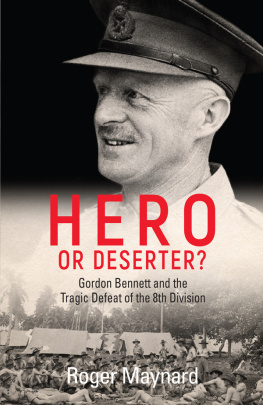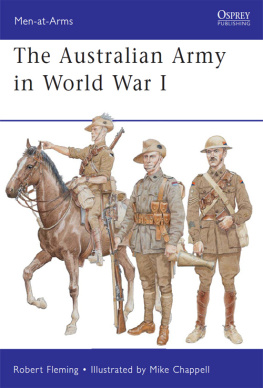

Copyright Ian Mansfield
First published 2015
Copyright remains the property of the author and apart from any fair dealing for the purposes of private study, research, criticism or review, as permitted under the Copyright Act, no part may be reproduced by any process without written permission.
All inquiries should be made to the publishers.
Big Sky Publishing Pty Ltd
PO Box 303, Newport, NSW 2106, Australia
Phone: 1300 364 611
Fax: (61 2) 9918 2396
Email:
Web: www.bigskypublishing.com.au
Cover design and typesetting: Think Productions
Printed in China by Asia Pacific Offset Ltd
For CIP data see National Library of Australia
CONTENTS
To Margaret, Zoe and Charles
who have been with me every step of the way.
The motto of my publisher is Everyone has a story to tell. I never would have believed this about my own life, until some friends said to me that I should write a book about my travels and experience over the past 20 years with landmine clearance projects around the world. Their suggestion remained in my head, but it wasnt until recently that I had the time and motivation to make the book become a reality.
I initially want to thank an ex-army colleague, Ian Gordon of Barrallier Books, who saw potential in my draft manuscript and passed it on to the Australian Army History Unit. Here, I must sincerely thank Dr Roger Lee and Dr Andrew Richardson for accepting my manuscript and including it as one of their projects. At Big Sky Publishing, my editors Denny Neave and his colleagues Sharon Evans, Sean Doyle and Jenny Scepanovic have expertly guided me through the editing and publishing process.
A number of family, friends and former colleagues have helped me with the book along the way. In particular, my brother and historian, Dr Peter Mansfield, guided and encouraged me from the start. I also wish to thank the following people who reviewed the whole draft manuscript and offered useful edits and suggestions: Sheree Bailey, Phil Bean, Christine Pahlman, John Pepper, Julie Pepper, Penny Drew and Doug McGill. Other people who provided detail and jogged my memory for various chapters include Graeme Membrey, Dave Edwards, Kefayatullah Eblagh, Faiz Paktian, Craig Egan, Paddy Johnston, John Raddatz and Irene Schiebel for Afghanistan; Jenni Rauch and Ben Lark for Laos; and JJ van der Merwe and Tim Horner for Bosnia. For assistance with the provision of photos my thanks go to Erik Tollefsen, Tim Lardner, Sean Sutton and Helene Tejerina.
Finally, I would like to thank a number of people who have influenced my life and assisted me to achieve what I have. In the Australian Army, I had the privilege to serve under Generals Mike Jeffrey and John Sanderson, both outstanding Australians who inspired me and led by personal example. I owe a special debt to my boss in Darwin, Brigadier Ian Bryant, and his wife Helen. They were our friends and later guardians for our children when they were attending boarding school while Margaret and I were overseas. Sadly, Ian Bryant passed away in 2011 an inspirational leader and soldier of the highest integrity.
Within the United Nations system, I owe a special debt of gratitude to Martin Barber. A most unlikely role model, Martin guided me through the transition from the narrow confines of the military, to understanding the broader humanitarian world and how to engage respectfully with people from all cultures. I also wish to acknowledge two close friends who are no longer with us today, Mohammed Shakir, who accidently drowned in the Indus River in Pakistan in 1994, and Michael Creighton, who tragically died in a plane crash in Laos in 2014.
Stepping into a minefield? I could not have taken any of these steps without the love and support of my family; to my beloved wife, Margaret, who has made 22 homes in seven countries and has supported me in everything I have done - I could not have done it without you. And to our children, Zoe and Charles, who were with us along the way and accepted change and disruption with maturity and good humour, and grew into fine young adults. Lastly, a special thanks to their respective spouses, Craig and Rachel, and our four beautiful grandchildren Harry, Blair, Zara and Sophie, who bring joy and happiness into our lives every day.
BY JODY WILLIAMS NOBEL PEACE LAUREATE 1997
In 1997 I was awarded the Nobel Peace Prize in my capacity as the coordinator of the International Campaign to Ban Landmines (ICBL). This award was shared with the ICBL in recognition of our efforts to bring about a total ban on all anti-personnel landmines.
The official announcement from the Nobel Committee stated that; There are at present over one hundred million anti-personnel mines scattered over large areas on several continents. Such mines maim and kill indiscriminately and are a major threat to the civilian population and to the social and economic development of the many affected countries. The ICBL and Jody Williams started a process which in the space of a few years changed a ban on anti-personnel mines from a vision to a reality.
The campaign was unique in every way. It grew out of the frustration of the slow pace and lack of action in the conventional weapons arms control talks held under the auspices of the United Nations. Hundreds of civil society organizations around the world started a movement calling for a ban on these inhumane and indiscriminate weapons, that were killing or wounding hundreds of people a month in countries like Afghanistan, Angola and Cambodia. The governments of several small and medium countries also took up the issue and lent their political support to the activist campaign being led by the ICBL. Despite opposition from some major world powers and the militaries of almost every country, the so-called Ottawa Treaty totally banning anti-personnel mines came into force in March 1999.
However, the political activism and lobbying was not the only part to this success story. While members of the Ottawa Treaty had to pledge to stop making and selling landmines, those war torn and mine affected countries that were littered with landmines had to commit to clear all known mined areas within 10 years. To make the Ottawa Treaty work these countries would require more help, and this is where people like Ian Mansfield came in.
I first came into contact with Ian in 1993 when he was managing the landmine clearance program in Afghanistan for the United Nations. This was in the very early days of the campaign and we decided that we needed more evidence to support a call for a ban. I co-authored a book called After the Guns Fall Silent the Enduring Legacy of Landmines which was a series of case studies from 12 mine affected countries. I remember being impressed by the innovation, enthusiasm and achievements of the Afghan Mine Clearance program, and the leadership displayed by Ian.
The skills and equipment needed to clear mines lay with the military, but in Afghanistan the techniques and procedures were successfully being adapted to become civilian in nature, or humanitarian demining as it became known. The landmine sector was becoming an unusual mix of left-wing anti-war activists through to right-wing military technical specialists (many of whom still believed landmines were a useful weapon). When I finally got to meet Ian personally a few years later, my normal anti-military scepticism was quickly allayed by his enlightened approach, positive attitude and support for the ban.
Ian went on to establish a highly successful cluster bomb clearance program in Laos and later managed another mine clearance program in Bosnia. Throughout his work Ian was able to show that the clearance of landmines was not mission impossible nor would it take thousands of years, but rather with proper training, equipment and management, most countries could achieve the task in a reasonable time frame. His 10 years of strong field experience made him an ideal candidate to lead the mine action team in the headquarters of the United Nations Development Program in New York in 1998. One of his first activities in that position was to attend a small ceremony at the United Nations headquarters on 1 March 1999, when the United Nations Secretary-General Kofi Annan rang the peace bell to mark the entry into force of the Ottawa Treaty. I would regularly meet Ian at the various international meetings set up to oversee the implementation of the Treaty, and he was always a powerful advocate and voice for those people and organizations who were working in the field to clear mines.
Next page
